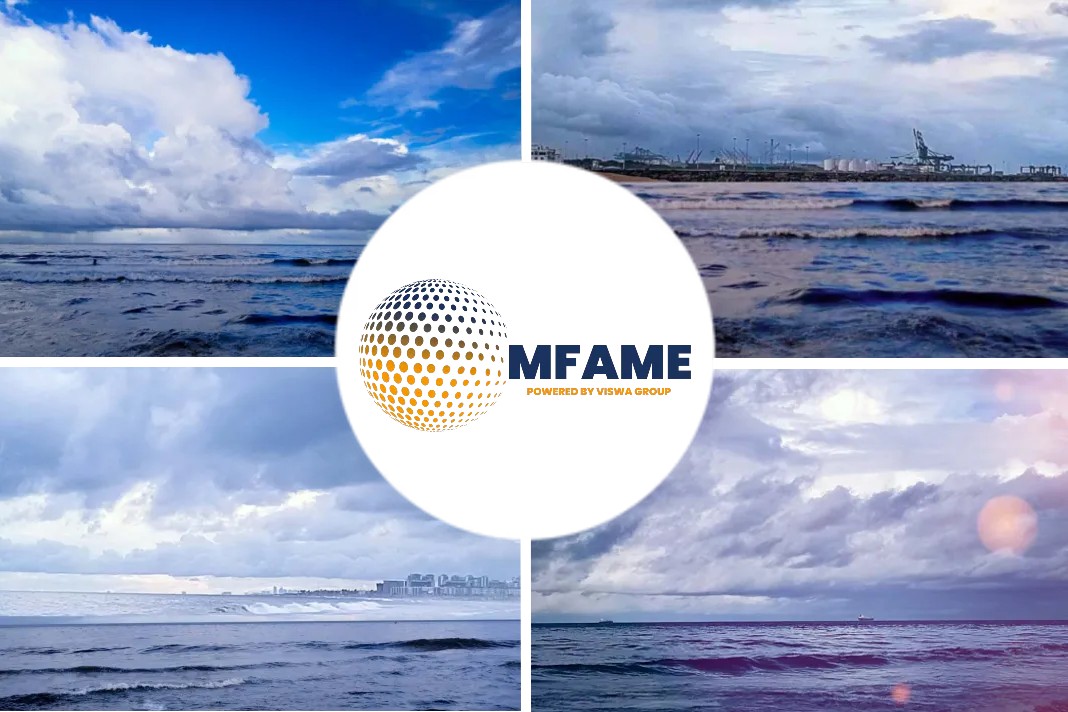According to an article published in the Maritime Executive, a new global project to prevent plastic litter from shipping and fisheries has been launched by the IMO and the Food and Agriculture Organization of the United Nations (FAO).
Initial funding for the project is from the Government of Norway.
What is it about?
The GloLitter Partnerships Project aims to help shipping and fisheries move to a low-plastics future by identifying opportunities to prevent and reduce marine litter. It will consider the availability and adequacy of port reception facilities; look at enhancing awareness of the marine plastics issue within the shipping and fisheries sectors and encourage fishing gear to be marked so it can be traced back to its owner if discarded.
The GloLitter project will develop guidance documents, training material and toolkits to help enforce existing regulations, including MARPOL Annex V. Since 1988, this has prohibited the discharge of plastics, including discarded fishing gear, into the sea from ships.
How will it be done?
10 countries from five high priority regions (Asia, Africa, Caribbean, Latin America and Pacific) will be selected to spearhead the project. At country level, GloLitter will expand government and port management capacities and instigate legal, policy and institutional reforms. Regional cooperation will also be enhanced.
Funding and Private Partnership
The project will include private sector participation through a global industry alliance and is seeking partners from major maritime and fisheries companies.
The initial funding of NOK 40 million ($4.4 million) from the Government of Norway provides for a 3.5-year project, executed by IMO in partnership with FAO.
Sustainable Development Target
The project targets Sustainable Development Goal (SDG) 14 – to “prevent and significantly reduce marine pollution of all kinds, in particular from land-based activities, including marine debris and nutrient pollution, by 2025.”
It follows the successful implementation of a similar model of cooperation and collaboration, in the GloBallast, GloMEEP and GloFouling projects. This has been referred to as the “Glo-X” model – which combines national, regional and global efforts, combined with public-private partnerships to push research and development and capacity building.
Did you subscribe to our daily newsletter?
It’s Free! Click here to Subscribe!
Source: Maritime Executive
















